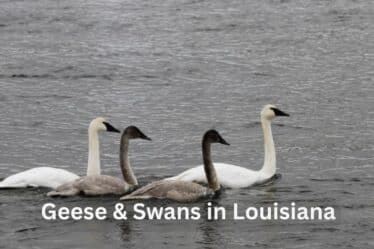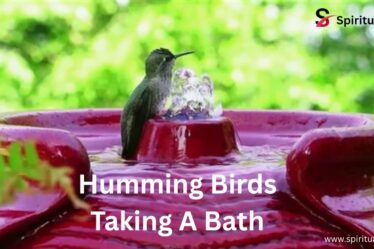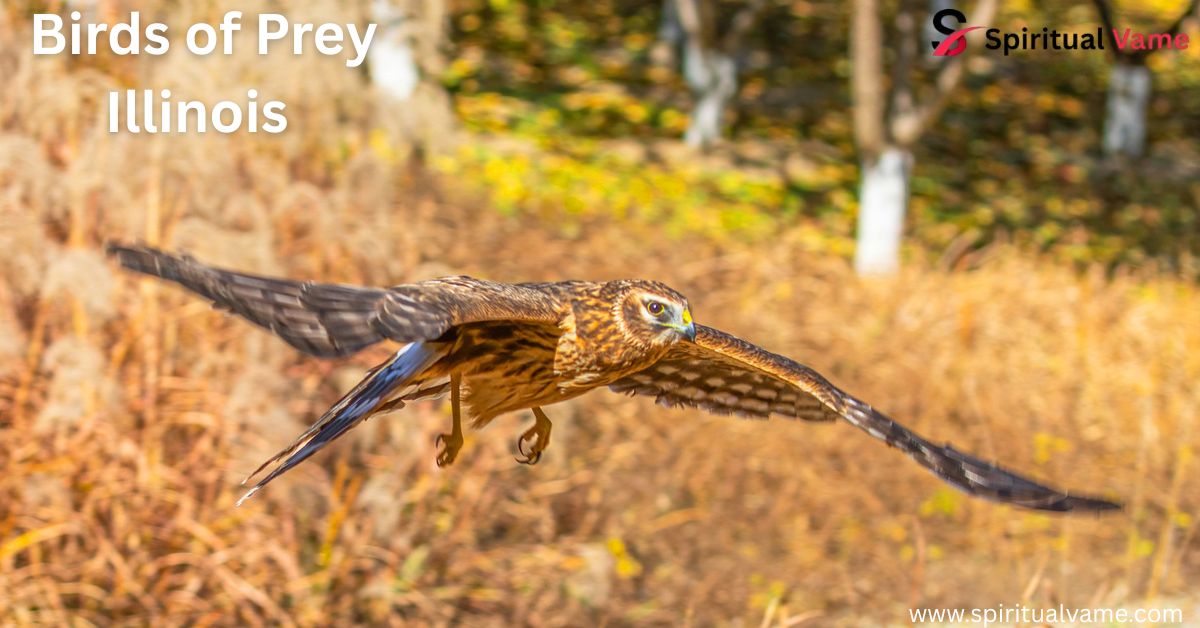
Illinois is home to a powerful group of hunters that rule the skies—birds of prey. Also called raptors, these birds are known for their sharp talons, keen eyesight, and hooked beaks. They hunt small animals and help keep nature in balance. From thick forests to wide-open fields, Illinois gives these birds many places to live and hunt. The state is part of major migration routes, which means you can see both resident and visiting raptors throughout the year.
Among the many birds of prey Illinois shelters, hawks stand out the most. These skilled hunters belong to several species and show up in different shapes, colors, and sizes. Each hawk has its own story, and this article will walk you through eight of them. Some are seen all year, while others visit only in winter or summer. Whether you’re an expert birder or a curious beginner, learning about these hawks helps you connect with nature and appreciate Illinois’ wild side.
8 Hawks of the Prairie State Illinois
Illinois is a prime location to spot hawks, thanks to its mix of prairies, wetlands, forests, and farmlands. These habitats support a wide variety of hawk species, each with unique traits and habits. Some nest here year-round, while others arrive only during migration or the cold months. The state’s open fields, forest edges, and river corridors create perfect conditions for hunting and nesting.
Throughout the year, you’ll find hawks soaring above highways, perched on fenceposts, or hiding in tall trees. Whether you’re walking through a woodland or driving along country roads, you’re likely to spot one if you know what to look for. From the common Red-Tailed Hawk to the rare Swainson’s Hawk, each species plays a vital role in the ecosystem. Let’s explore them one by one.
1. Red-Tailed Hawk
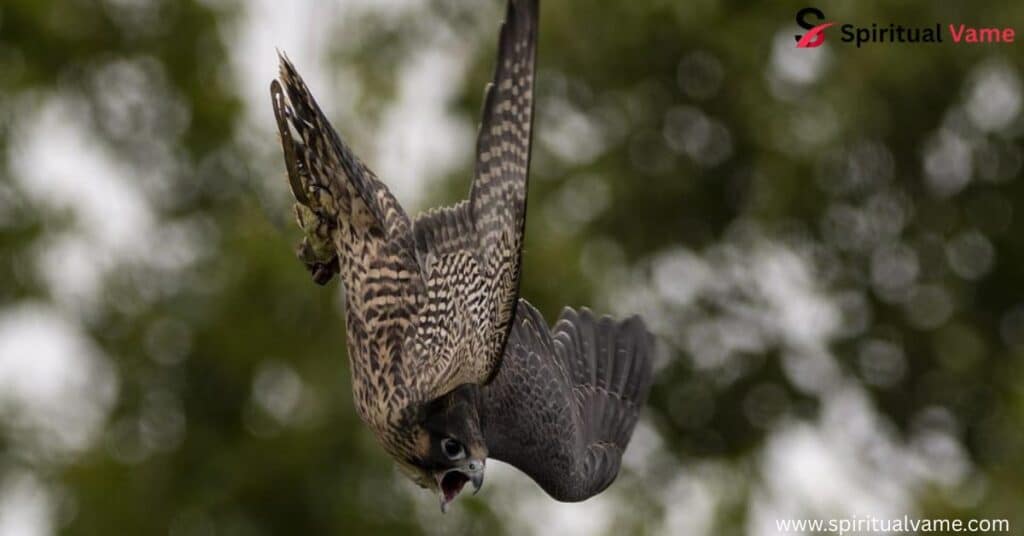
The Red-tailed Hawk (Buteo jamaicensis) is one of the most common birds of prey in Illinois. With a body size of 19.7–25.6 inches and a wingspan of 44.9–52.4 inches, it’s easy to recognize. It has a brown back, pale underside, and its most famous feature—a bright red tail. These hawks prefer sparse woodlands and woodland edges, where they can sit high on fenceposts or treetops and watch for prey.
During nesting season, Red-tailed Hawks build large nests in tall trees or even nest boxes in open areas. They often reuse nests from previous years, adding fresh sticks each time. Their nests are sturdy and can be used for many seasons if left undisturbed. They lay 1 to 3 eggs, and both parents care for the chicks.
This species mainly feeds on small mammals like voles, rats, and rabbits, but it can also eat reptiles and birds when needed. You’ll see them soaring in wide circles, using air currents to stay up without flapping. Red-tails stay in Illinois year-round, though some may migrate south during the winter.
Despite their strong numbers, Red-tailed Hawks still face threats like illegal shootings and prey poisoning from rodenticides. Luckily, they’re protected by law and are a familiar sight in both wild areas and near cities.
Nesting
Red-tailed Hawks often use tall trees or artificial structures like telephone poles for their nests. They prefer spots with a wide view of the area below to watch for predators and food. Nest building starts in early spring, and pairs may stay together for many years.
Diet
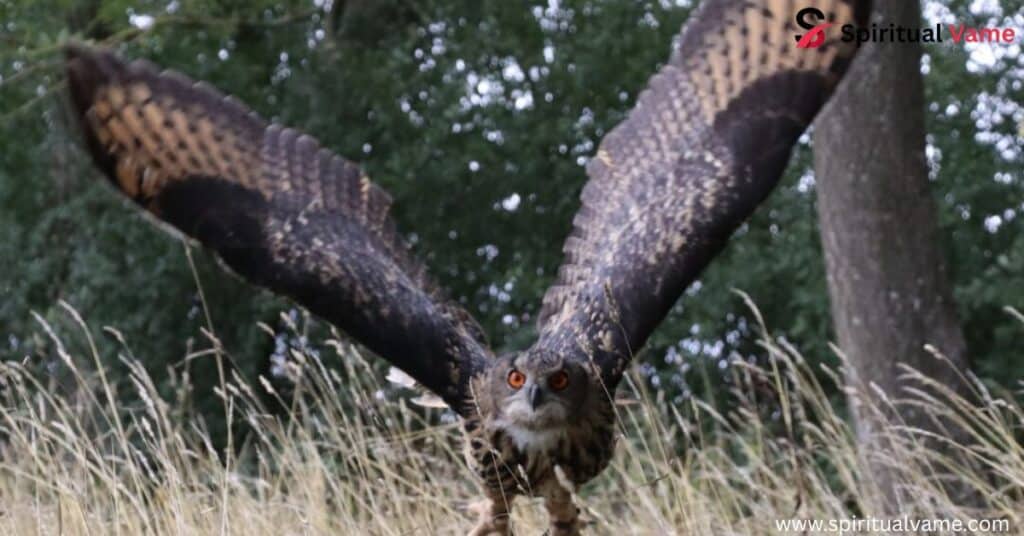
Their diet includes small mammals, mainly voles, rats, and rabbits, but they’ll also eat snakes and other birds if needed. They’re excellent hunters and use their sharp eyes and powerful talons to catch prey.
Conservation
Red-tailed Hawks have a stable population, but illegal shootings and the use of poisoned bait for rodents pose dangers. These hawks are legally protected and benefit from a growing awareness of bird conservation.
Where to look for them
You can spot them year-round along highways, perched on fenceposts, or flying above open fields and woodland edges. They’re often seen hunting from high perches.
2. Red-Shouldered Hawk
The Red-shouldered Hawk (Buteo lineatus) is slightly smaller than the Red-tailed Hawk, measuring 16.9–24.0 inches long with a wingspan of 37.0–43.7 inches. This bird has a brownish head, a pale striped reddish chest, and bright red “shoulders” that give it its name. It’s often found near lowland forests, mature woods, and water sources where it can find food and nesting sites.
Red-shouldered Hawks build nests high in trees, usually near wetlands or rivers. Mating pairs often perform courtship flights and synchronized maneuvers in the air. Their calls are high-pitched and sound like a sharp whistle. They return to the same nest each year, adding new sticks and leaves.
Their diet includes small mammals, reptiles, and amphibians, especially frogs and snakes. These hawks are agile and prefer hunting near water, where prey is plentiful. In Illinois, they are seen year-round, especially in the southern part of the state.
Nesting
These hawks nest in mature woods close to water. Their large stick nests are placed in the forks of tall trees. Courtship includes aerial displays that are fun to watch.
Diet

They hunt near wetlands and feast on small mammals, frogs, and snakes. Their sharp eyes help them spot prey from a distance.
Conservation
Their biggest threat is habitat loss. Protecting woodlands and wetlands helps keep their numbers steady. They are protected by law in the U.S.
Where to look for them
Look for them in lowland forests, near rivers and swamps, or perched in trees near water. Their loud calls can help you locate them.
Conclusion
The birds of prey Illinois offers are a true treasure for anyone who loves nature. From forests to farmlands, these raptors soar across the state with power and grace. Each hawk, from the Red-tailed to the Swainson’s, plays an important role in keeping the ecosystem balanced. Their sharp eyes, strong wings, and hunting skills make them stand out.
Whether you’re in a city or out in the country, you’re never far from seeing birds of prey Illinois is proud to call home. Watching them fly or hunt is always exciting. Protecting habitats helps keep birds of prey Illinois flying strong for years to come. Keep your eyes on the skies!

